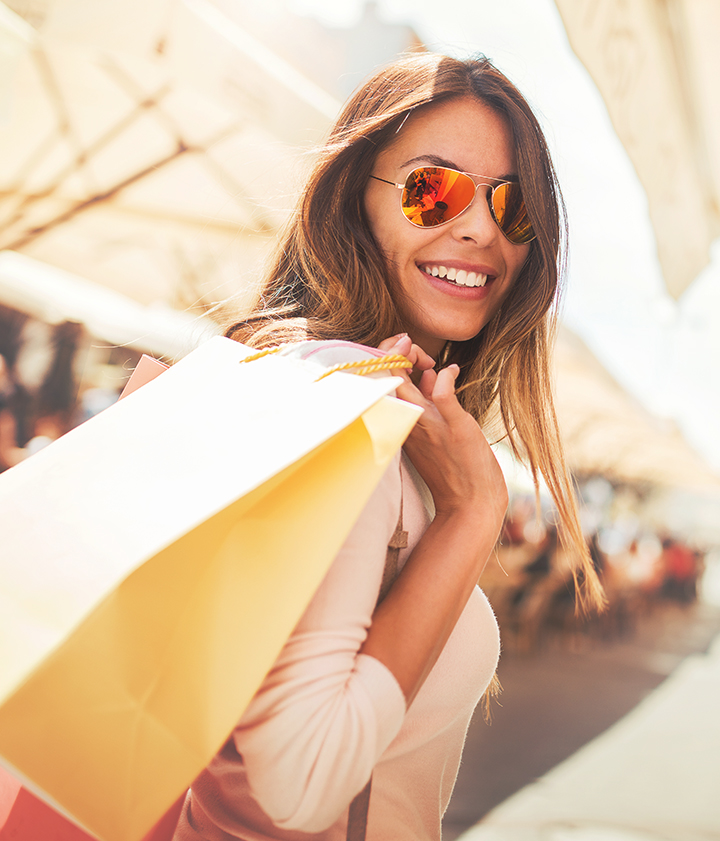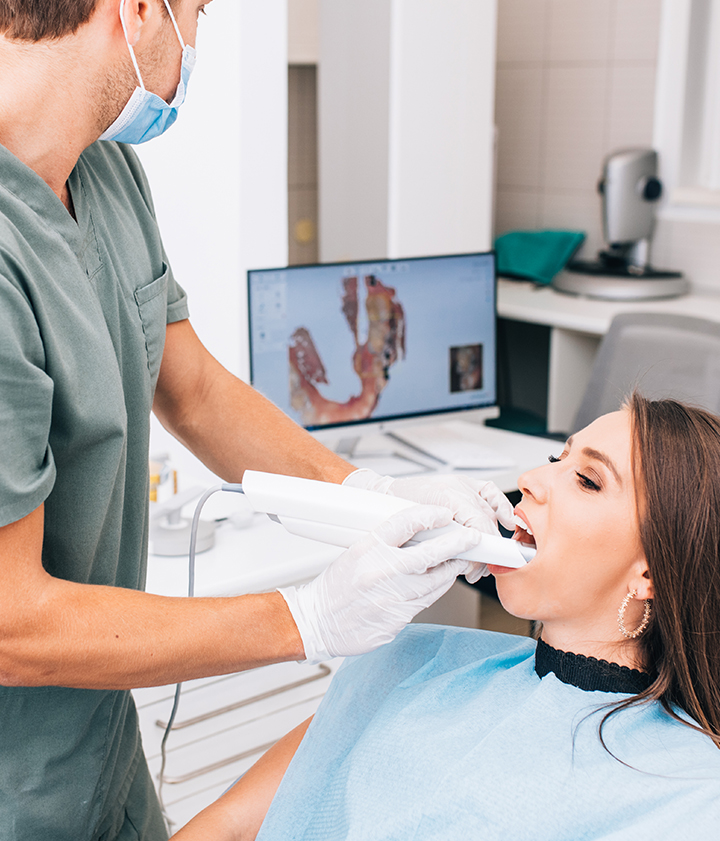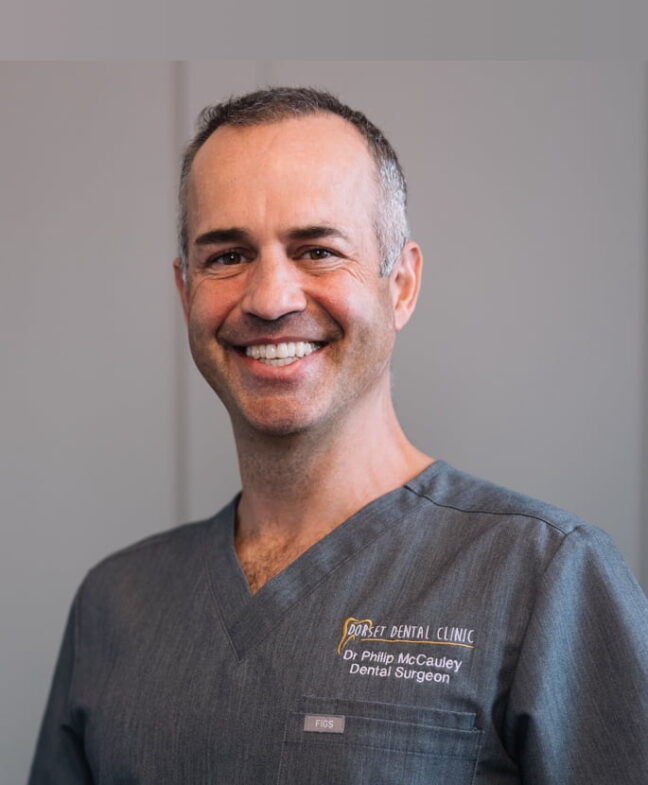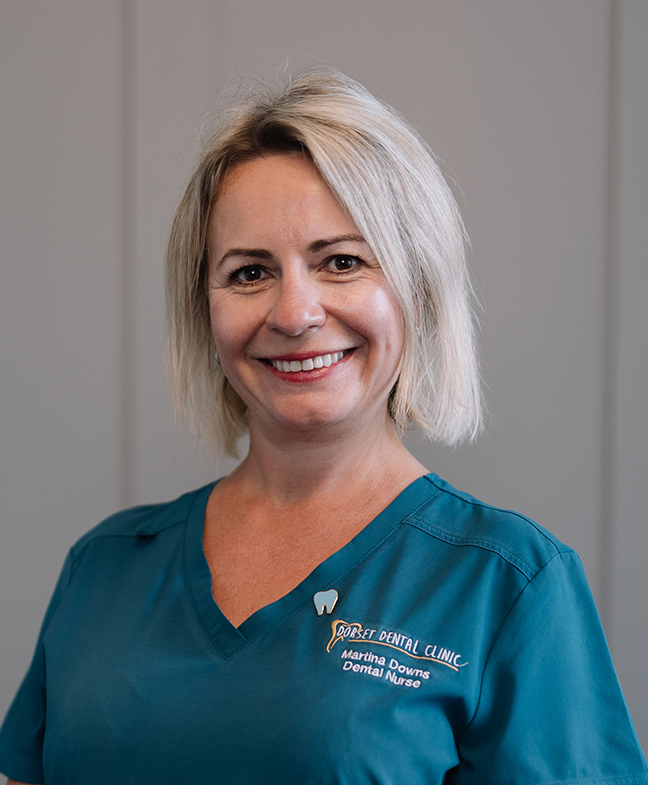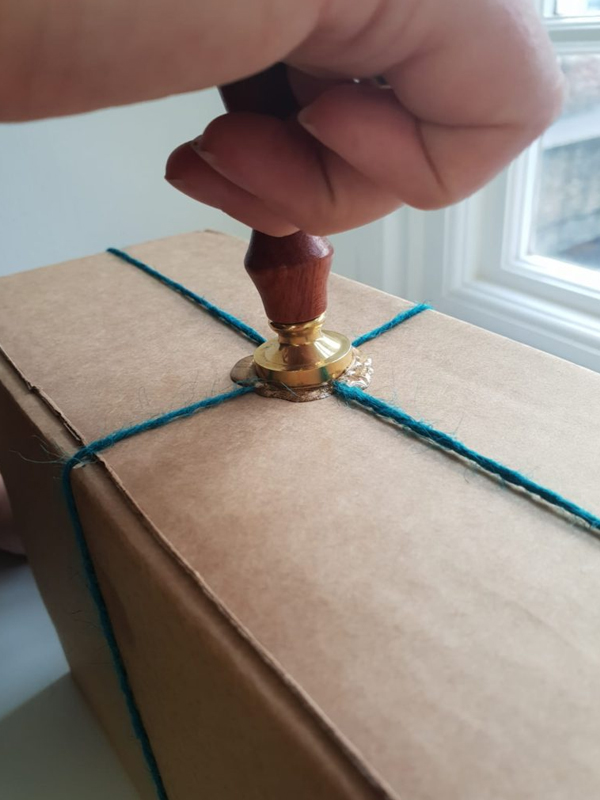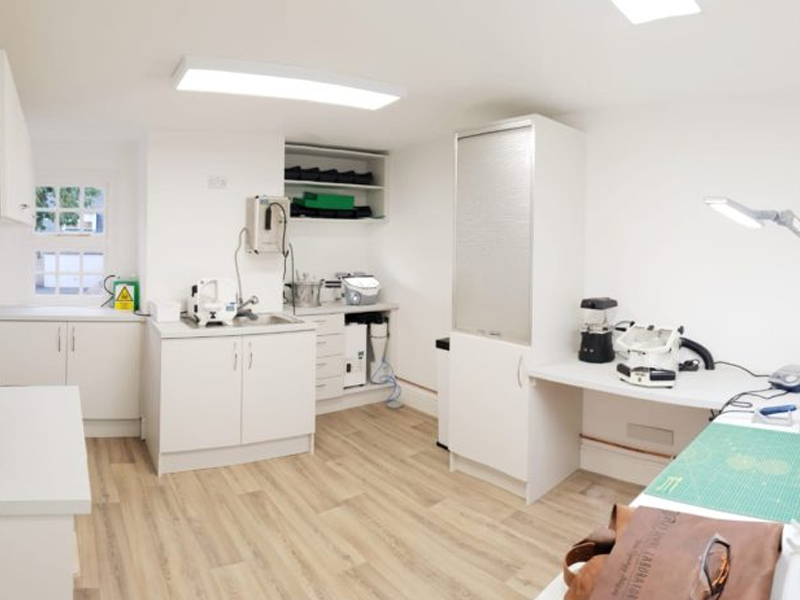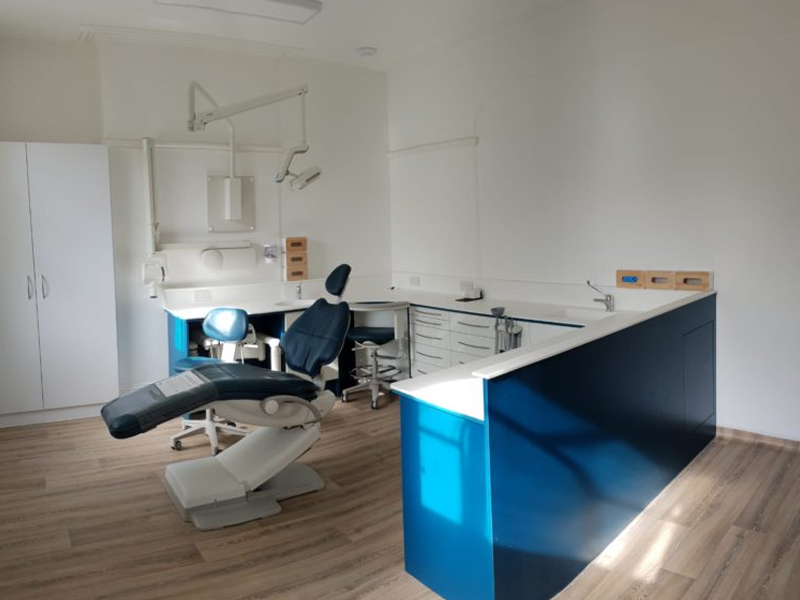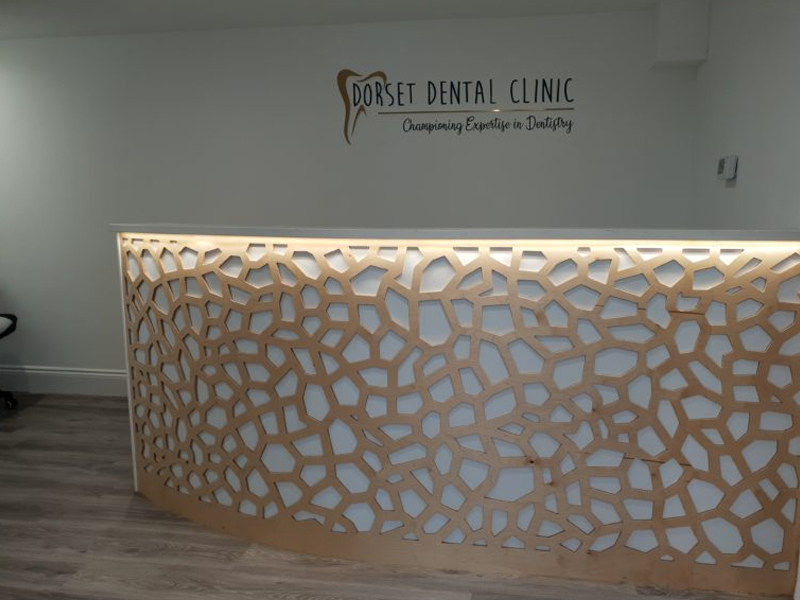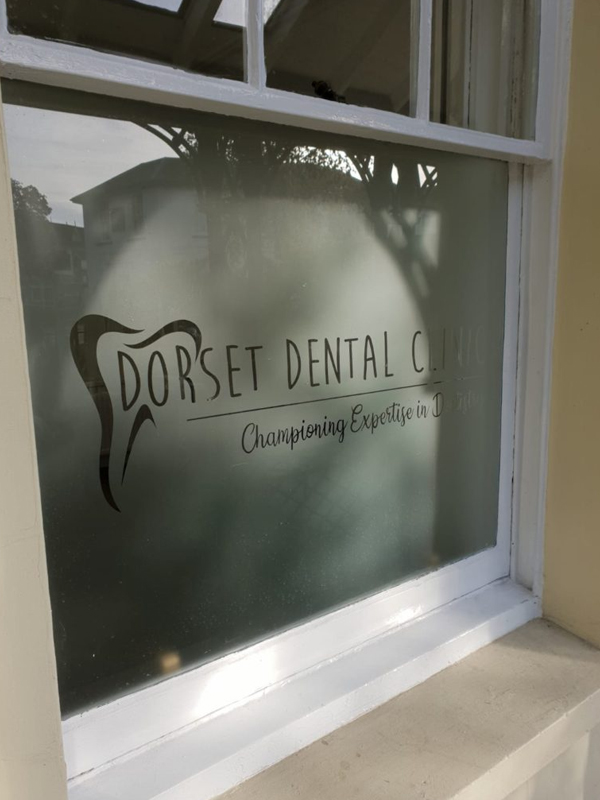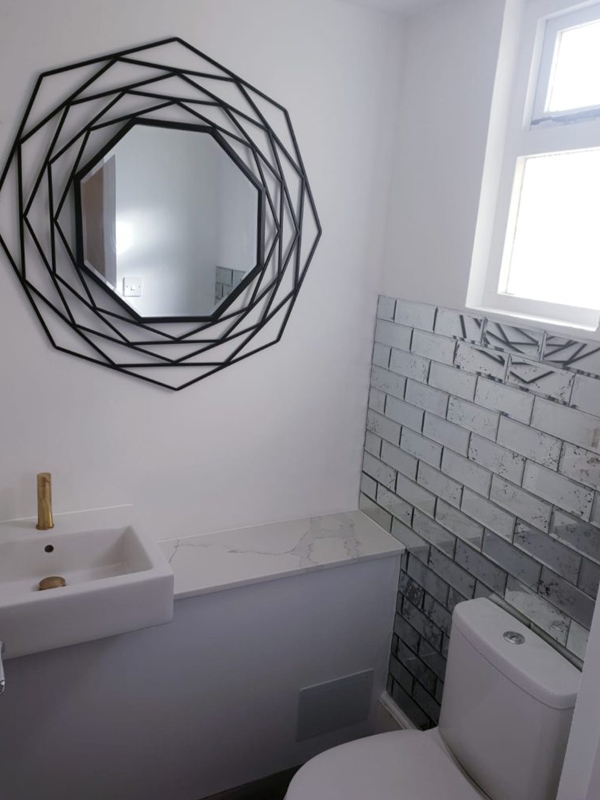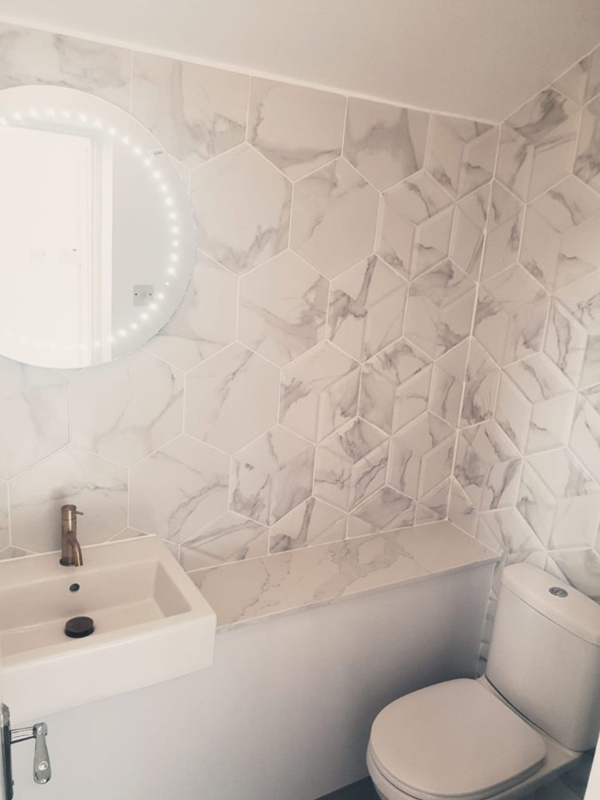The foundation of a dental implant is bone. For your dental implant to be successful as well as long-lasting, there needs to be sufficient bone mass in the jaw. One of the most important factors contributing to the success of your implants is; ‘osseointegration’, which is where a biocompatible material, such as a titanium implant, heals and bonds to the bone. Without sufficient bone mass, this process cannot take place, and the implant will fail.
The problem that we face is that many patients who want dental implant treatment also suffer from bone loss. You may not know, but one of the leading causes of bone loss is tooth loss. Once a tooth is lost or extracted, the bone that once surrounded the tooth recesses or is lost because of the absence of the tooth.
A patient looking for dental implant(s) who has suffered from bone loss can have an additional procedure to increase bone mass called a bone graft or block graft. Please note that not every patient will be suitable for a bone graft, and this is evaluated on a case-by-case basis. Ask your dentist for a consultation referral, and we can easily tell you if you will need a bone graft.
- Sinus lift or Augmentation – If there is insufficient bone mass in the upper jaw, a dental surgeon may suggest a Sinus lift. A sinus lift is where the bone in the upper jaw, where your molars and premolars are, is elongated. A bone graft is inserted between the jaw and the maxillary sinuses, which are on either side of the nose. In order to create space for the bone graft, the sinus membrane has to be moved upwards or lifted.
- Onlay Graft – This is where the transplanted tissue or bone graft is added or laid directly onto the surface of the recipient’s bone. The new piece of bone will slowly join the underlying region, and when healed and mature, an implant can be placed in a more favourable position.
- Alternative – In some cases, the maxillary sinus may be too close to the upper jaw regardless of bone mass just because the shape and size of the sinus vary from person to person. Age is also a factor in this, as the sinuses can also get larger as you age. In a case like this, a patient would also need a sinus lift to create sufficient space between the upper jaw and the sinuses.
If you’ve previously experienced oral conditions, such as gum or periodontal disease, injury or trauma to your face and or jaw, the quality of your bone may be compromised.










